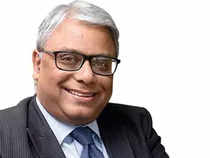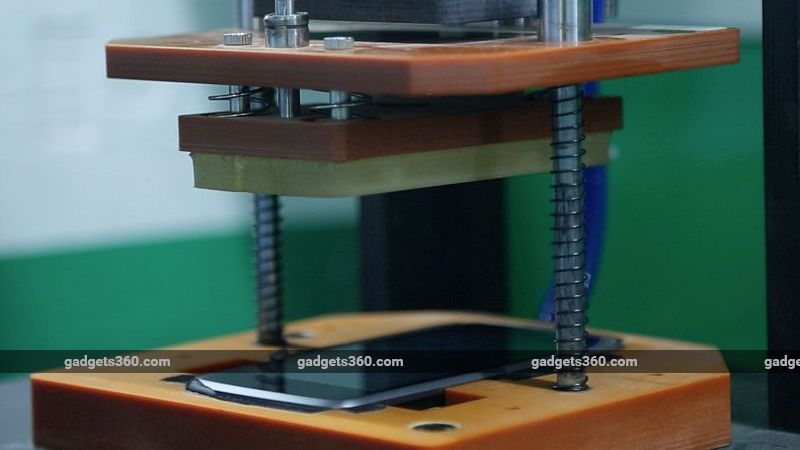
On the liabilities side, for all savings bank deposits which are above Rs 1 lakh, we will be having a spread of 2.75% below the repo rate and this would address issues on both the sides. It would ensure that the bank’s margins are protected, said Arijit Basu, MD, SBI, in an interview with ET Now.
Edited excerpts:
Since you are the largest bank and the first bank to link short-term loans and large savings deposit rates with RBI repo rate, what really would you say is the rationale behind this benchmarking?
As you are aware, RBI has been talking in terms of ensuring that whatever changes are introduced in the policy rate, they do get passed on by way of monetary transmission.
Because of certain structural rigidities in our balance sheet since at least for State Bank of IndiaNSE 2.60 %, bulk the deposits come from savings, the transmission, if at all, happens with a lagged effect and not exactly in the timeline the Reserve Bank wanted.
In order to address all these issues, for quite some time, we have been contemplating what best could be the solution. RBI was also thinking that banks should move slowly to an external benchmark for certain categories of loans.
Keeping all this in mind, for all loans which are above cash credit and overdraft loans which are above one lakh, there will be a fixed spread over the repo rate. For those loans, the repo rate will become the benchmark.
Similarly, on the liabilities side, for all savings bank deposits which are above Rs 1 lakh, we will be having a spread of 2.75% below the repo rate and this would address issues on both the sides. It would also ensure that monetary transmission takes place and also that the banks’ margins are protected.
How will the customers be impacted by the linking of these large saving deposits?
We have kept out all the customers who have deposits of up to Rs 1 lakh, because they would not like to be subject to the vagaries of the market rates. The repo rates can keep fluctuating. If it comes down, then to that extent the savings bank rate would also come and if the repo rate goes up, the savings bank rate would go up.
Suffice to say that savings bank customers primarily do not look at interest as their primary notion for keeping a certain amount of deposits with the bank. We continue to open large number of savings bank accounts. So it is the largest savings bank customers who will be affected. Similarly, on the loan side, we have kept cash credit and overdraft short term loans which are above one lakh so that the small businessmen who take loans below one lakh, are not affected by this.
Since you are the lead lender to the Essar Steel, with Arcelor Mittal winning the resolution of Essar Steel, what is the kind of provision write-back that will be expected for SBI?
We have already made very significant amount of provisioning on this and as you know, the haircut is minimal. We are expecting that once the resolution goes through, a the exact amount of write-back would need to be worked out but it will be quite significant and we have been waiting for this for quite some time.
Will the provision write-back be evident in Q4 or Q1 on your books?
This will happen in the quarter in which the resolution actually goes through. If it happens in Q4, that is in the next few days in March we will be able to write it back for this quarter.
[“source=economictimes.indiatimes.”]




